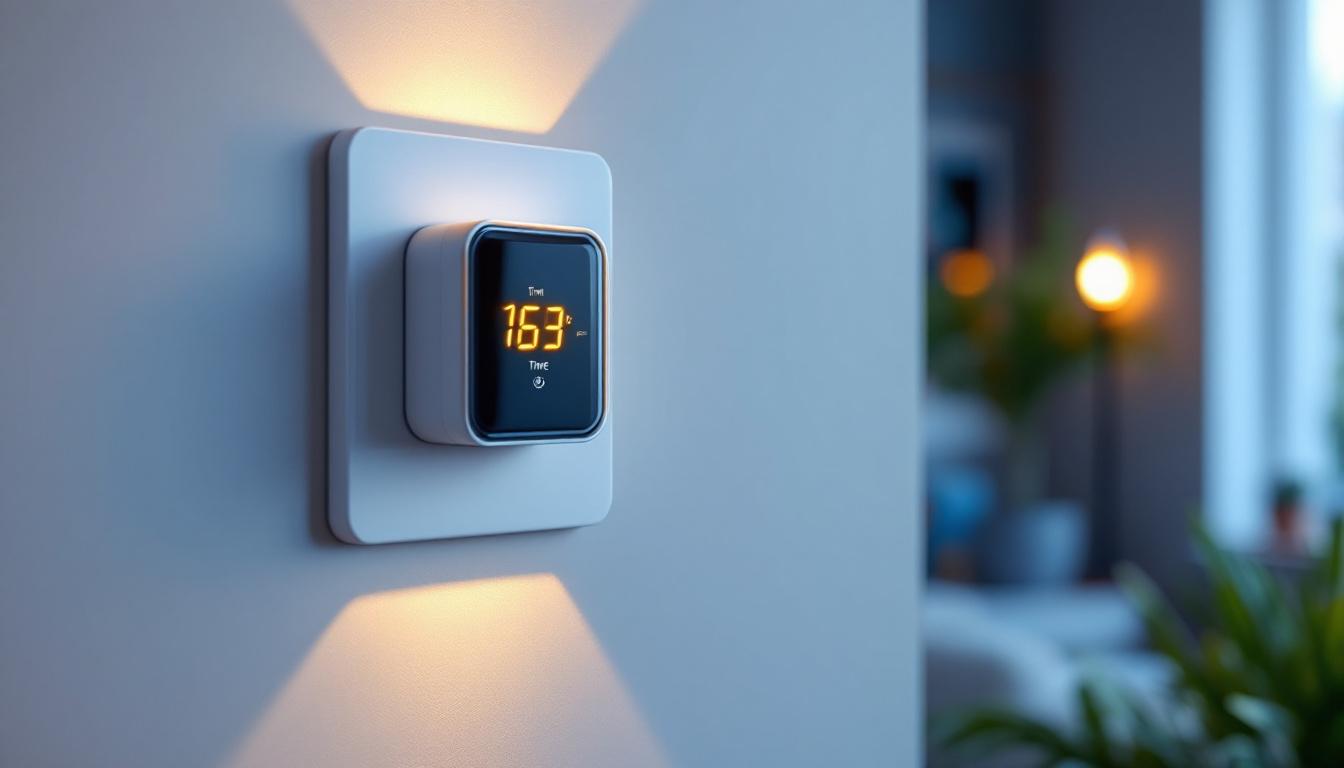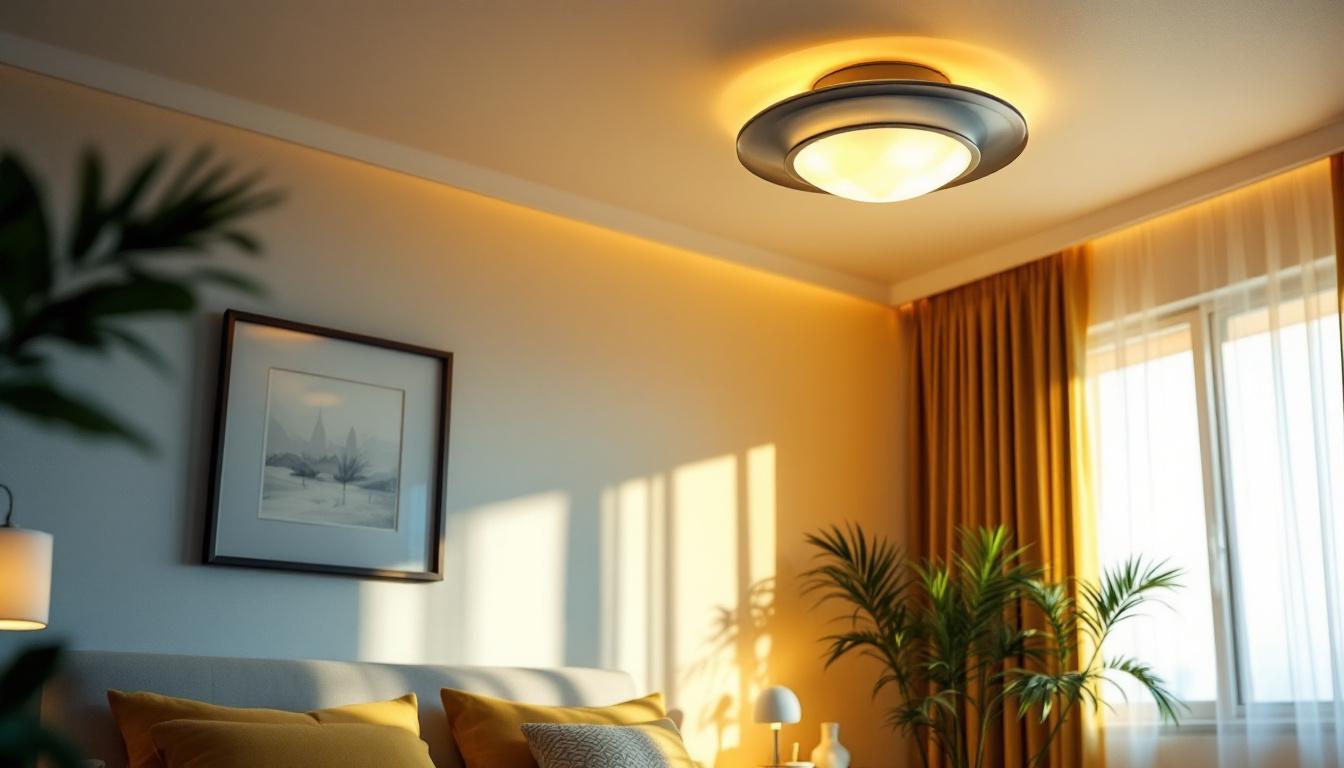
Indoor light switch timers are increasingly becoming a vital component in residential and commercial lighting installations. These devices allow automated control over lighting schedules, enhancing energy efficiency, security, and convenience. For lighting contractors, integrating timers into lighting systems can significantly improve client satisfaction and system functionality.
Despite their importance, many contractors underestimate the potential of indoor light switch timers, often overlooking critical factors that influence their performance and user experience. This article explores these commonly missed aspects, providing insights to help contractors optimize their installations and offer superior solutions.
With the rise of smart homes and energy-conscious building designs, automated lighting controls have gained substantial traction. Indoor light switch timers serve as an accessible entry point into automation, offering straightforward scheduling without the complexity of full smart home systems. According to industry surveys, automated lighting controls can reduce energy consumption by up to 30%, a compelling statistic that underscores the value of timers.
Lighting contractors who embrace these devices can tap into a growing market segment focused on sustainability and convenience. However, to fully capitalize on this trend, a comprehensive understanding of timer functionalities and installation nuances is essential. For instance, many timers now come equipped with features such as dusk-to-dawn settings, which automatically adjust lighting based on the time of year, or programmable options that allow users to set different schedules for weekdays and weekends. This flexibility not only enhances user experience but also maximizes energy savings, making it a win-win for both contractors and clients.
Moreover, the integration of indoor light switch timers can significantly bolster security measures in homes and businesses. Timers can be programmed to simulate occupancy by turning lights on and off at various intervals, deterring potential intruders. This feature is particularly beneficial for clients who travel frequently or own vacation properties. By understanding and communicating these added benefits, contractors can position themselves as knowledgeable professionals who provide comprehensive solutions that cater to modern needs, ultimately leading to increased referrals and repeat business.
While installing indoor light switch timers might seem straightforward, several critical aspects are frequently overlooked. These oversights can lead to suboptimal performance, client dissatisfaction, and increased maintenance calls.
One of the most common mistakes is neglecting to verify the compatibility of timers with the existing electrical infrastructure. Many older buildings use wiring systems that are not conducive to certain timer models, particularly those requiring a neutral wire for operation. Failure to confirm wiring compatibility can result in non-functional timers or even electrical hazards.
Moreover, some timers are designed for specific types of lighting loads, such as incandescent, LED, or fluorescent. Using a timer incompatible with the fixture’s load type can cause flickering, reduced lifespan, or failure to operate. Lighting contractors must meticulously assess the existing wiring and lighting types before selecting a timer model. This assessment should include checking for any outdated wiring standards and ensuring that the installation complies with current electrical codes, which can vary by region. A thorough understanding of the electrical system can prevent costly rework and enhance the overall safety of the installation.
Another frequently overlooked factor is the ease of programming and user interface design. Many indoor light switch timers come with complex programming options that may overwhelm end users, especially in residential settings. If clients find the timer difficult to operate, they may disable it altogether, negating its benefits.
Contractors should prioritize timers with intuitive interfaces or provide thorough user training. Some modern timers offer smartphone integration or voice control, which can significantly enhance user experience. Ignoring this aspect can lead to underutilization and client frustration. Additionally, providing a simple user manual or quick-start guide can empower clients to make the most of their timers, ensuring they understand all the features available to them, such as scheduling, randomization for security, and energy-saving modes. This proactive approach can foster client satisfaction and promote the effective use of the technology.
Timers have specific load ratings that must be adhered to for safe and effective operation. Installing a timer with a lower load capacity than required can cause overheating, premature failure, or electrical fires. Conversely, over-specifying can lead to unnecessary costs.
Lighting contractors must calculate the total load of connected fixtures and select a timer with appropriate ratings. This step is crucial for both safety compliance and long-term reliability. Additionally, it’s important to consider the cumulative effect of multiple timers on the same circuit. If several timers are installed on a single circuit, their combined load must not exceed the circuit’s capacity. This consideration not only ensures safety but also optimizes the performance of the entire lighting system. Furthermore, educating clients about the importance of load management can help them make informed decisions about future upgrades or expansions of their lighting systems.
Beyond basic installation, several advanced considerations can elevate the quality and functionality of indoor light switch timer setups.
While standalone timers offer basic scheduling, integration with smart home ecosystems provides enhanced flexibility. Lighting contractors should explore timers compatible with popular platforms such as Zigbee, Z-Wave, or Wi-Fi-based systems. This integration enables remote control, adaptive scheduling based on occupancy or daylight, and energy monitoring.
Such features align with the increasing client demand for connected home solutions and can differentiate a contractor’s offerings in a competitive market. Furthermore, the ability to control lighting through voice commands via smart assistants like Amazon Alexa or Google Assistant adds an extra layer of convenience, allowing users to adjust settings without needing to physically interact with the timer. This seamless integration can create a more intuitive living environment, enhancing user experience and satisfaction.
Properly programmed indoor light switch timers contribute significantly to energy savings. By ensuring lights operate only when needed, these devices reduce wasted electricity and lower utility bills. Lighting contractors should emphasize this benefit during client consultations, supported by data showing potential savings.
Additionally, timers can be paired with energy-efficient lighting technologies, such as LEDs, to maximize sustainability. This holistic approach supports green building certifications and appeals to environmentally conscious clients. Moreover, incorporating features like dimming capabilities can further enhance energy efficiency, allowing users to adjust light levels based on the time of day or specific activities, thus reducing energy consumption even more. By showcasing these advanced functionalities, contractors can position themselves as leaders in sustainable lighting solutions.
Automated lighting controlled by timers can enhance building security by simulating occupancy during absences. This deterrent effect is particularly valuable for residential clients concerned about burglary risks. Lighting contractors should highlight this feature as a practical benefit of timer installations.
Moreover, integrating timers with motion sensors or security systems can create layered security solutions, offering clients peace of mind alongside convenience. For instance, a timer can be programmed to activate lights at random intervals, mimicking the natural patterns of human activity, which can be particularly effective in discouraging potential intruders. Additionally, contractors can recommend the use of outdoor timers for porch and garden lights, extending the security benefits beyond the interior of the home and creating a well-lit perimeter that enhances safety and visibility during nighttime hours.
To avoid common pitfalls and maximize the benefits of indoor light switch timers, lighting contractors should adopt the following best practices:
Before selecting a timer, perform a detailed assessment of the site’s electrical wiring, fixture types, and client needs. This step ensures compatibility and informs the choice of timer model and features. Additionally, understanding the layout of the space can help determine the optimal placement of timers to maximize their effectiveness. For instance, in larger rooms or areas with multiple entry points, it may be beneficial to install multiple timers or consider smart timers that can be controlled remotely for added convenience.
Provide clear instructions and demonstrations to clients on how to program and use the timer effectively. Highlight the energy savings, convenience, and security advantages to foster appreciation and proper utilization. Clients may also benefit from learning about different modes of operation, such as vacation settings or randomization features, which can enhance security by simulating occupancy when they are away. This knowledge empowers clients to make the most of their investment and encourages them to share their positive experiences with others.
Ensure all installations comply with local electrical codes and safety standards. Proper grounding, load calculations, and secure mounting are essential to prevent hazards and ensure longevity. It’s also crucial to stay informed about any updates to regulations or new technologies in the market, as this knowledge can help contractors provide the safest and most efficient solutions. Regular training sessions or workshops can be beneficial for contractors to keep their skills sharp and stay ahead in the industry.
Establish a support framework for clients, including periodic maintenance checks and troubleshooting assistance. This proactive approach can reduce service calls and enhance client satisfaction. Consider creating a user-friendly online portal where clients can access resources such as troubleshooting guides, FAQs, and instructional videos. Additionally, offering a subscription service for regular maintenance can help ensure that timers are functioning optimally and that clients feel supported long after the initial installation. This not only builds trust but also fosters long-term relationships with clients, encouraging repeat business and referrals.
Indoor light switch timers are more than simple scheduling devices; they are pivotal tools for enhancing energy efficiency, security, and user convenience in lighting systems. Lighting contractors who recognize and address the often-overlooked factors—such as compatibility, user interface, load capacity, and integration potential—can deliver superior installations that meet modern demands.
By adopting best practices and staying informed about technological advancements, contractors can position themselves as trusted experts in automated lighting solutions. Ultimately, thoughtful timer integration not only benefits clients but also strengthens a contractor’s reputation and business growth in an evolving industry.
Ready to enhance your lighting installations with the efficiency, security, and convenience of indoor light switch timers? Look no further than LumenWholesale for all your lighting needs. We provide contractors with high-quality, specification-grade lighting products at unbeatable wholesale prices, ensuring you get the most reliable and high-performance lighting solutions for your projects. With our extensive selection that meets the highest industry standards and the convenience of free shipping on bulk orders, you can confidently equip your installations with the best without any hidden fees. Elevate your lighting game and discover wholesale lighting at the best value today!

Discover how strategic architectural lighting can enhance aesthetics while boosting profitability in installations.

Discover how innovative basketball lighting solutions can illuminate your path to securing more contracts.

Explore the critical role fluorescent ballasts play in modern lighting projects.

Explore the fascinating evolution of ceiling light fixtures for bedrooms, from traditional designs to modern innovations.